The Plan: The Box Factory Breathes New Life Into Ridgewood Former Industrial Building
By Rey Mashayekhi December 7, 2017 11:00 am
reprints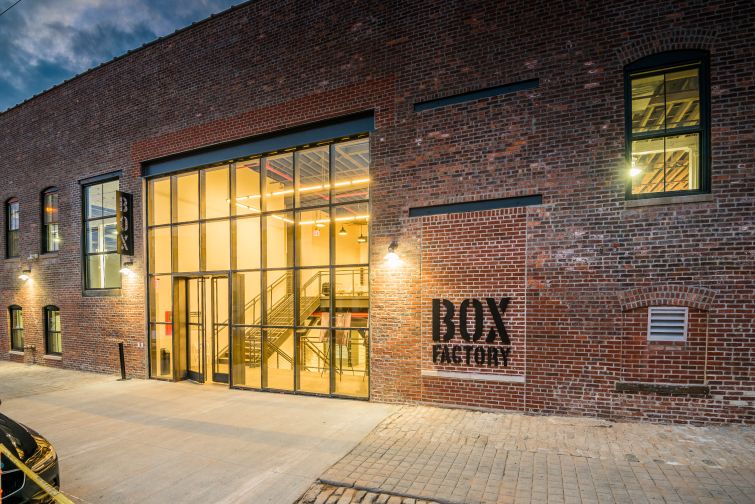
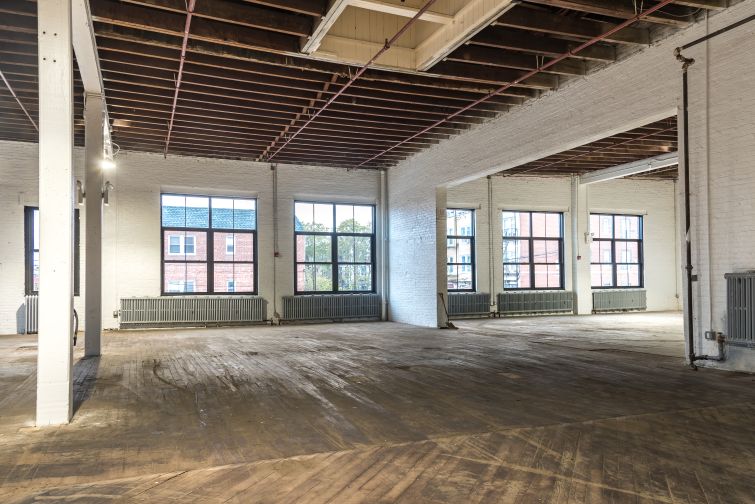
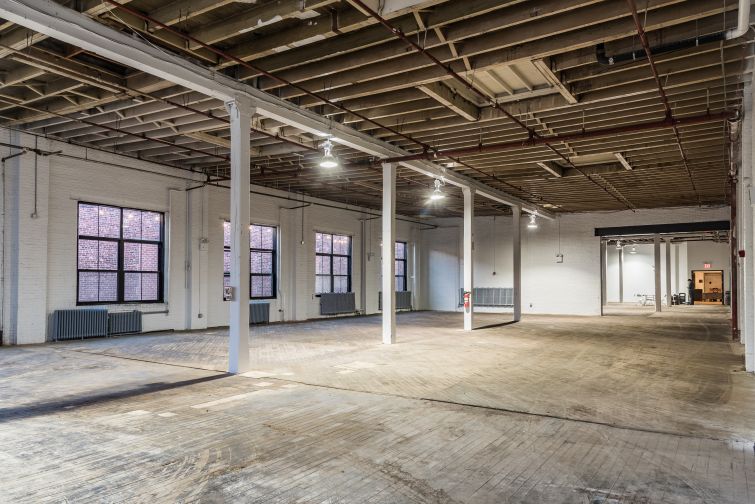
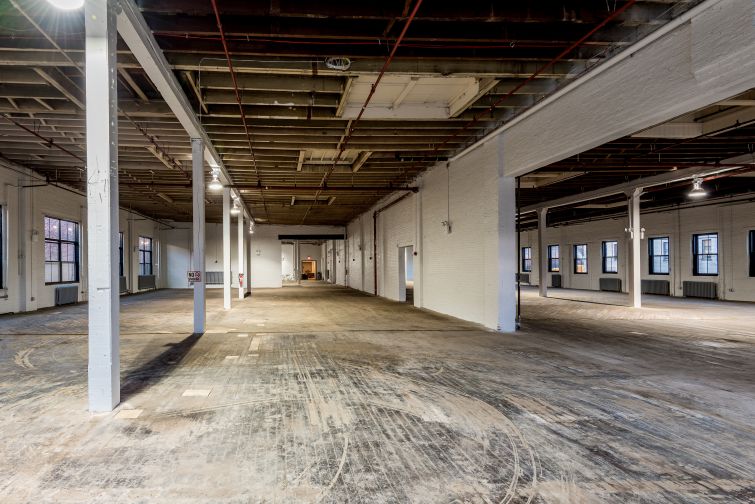
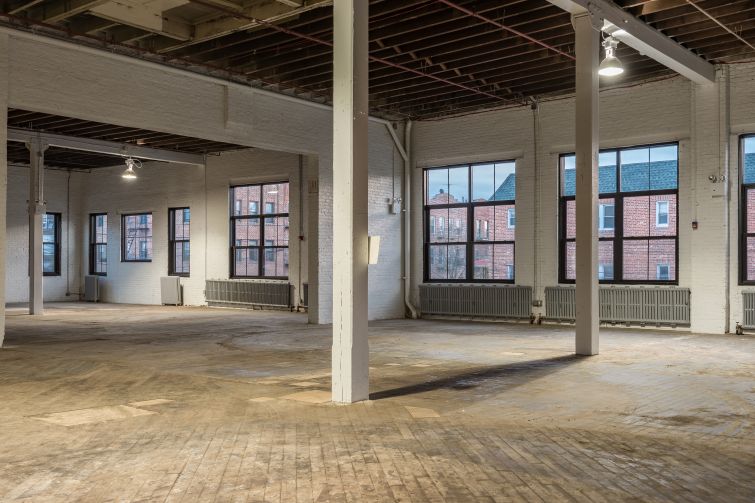

When Chris Fogarty, one of the founding partners of architecture and interior design firm Fogarty Finger, was approached by developer Daren Hornig about helming the redevelopment of a former manufacturing building in Ridgewood, Queens, he was initially reluctant. Fogarty’s firm had previously worked on a similar repositioning project for Hornig Capital Partners, at 95 Evergreen Avenue in Bushwick, Brooklyn, but this assignment was more limited in scale.
“I said, ‘Oh, I don’t want to go out there; it’s a little too small for us,’ ” Fogarty said. “And I went out there and walked around the space, and the building was so beautiful. I was like, ‘How can I not work on this?’ ”
The three-story, 63,000-square-foot building at 1519 Decatur Street was built in 1929 and for years served as a box and packaging manufacturing facility. By the time Fogarty walked through the space, however, “it was just a mess,” he said. “There was all this old equipment there; [the walls were] all painted white and graffitied and peeling.” On top of that, the building, which was originally connected to an adjacent property, had no entrance of its own.
But even in a state of disrepair, the bones of the building—wood joist ceilings, wood floors and brick exteriors—stuck out. “You didn’t really know what to do, but you knew it was amazing,” Fogarty said.
Armed with a $10 million budget from Hornig and its development partner, Brickman, Fogarty Finger got to work on the building in the summer of 2016. A year and a half later, the newly branded Box Factory is now complete. In addition to having resuscitated the old manufacturing building back to life in a new form, the project seeks to bring the kind of loft-like office product that’s been all the rage during the current commercial real estate cycle—tailor-made for young, creatively oriented tenants—to the area straddling the border between Ridgewood and Bushwick.
In addition to having to create an entirely new entrance on Decatur Street, “we had the pleasure of putting in 110 new windows throughout the entire property,” Hornig noted. They also removed sheet rock that covered the wood joists on the second floor. “We opened that up to expose the joist and give it that creative look and feel that a lot of these creative tenants are looking for, and kept as much [of the original structure] as we could to retain the authenticity of the property,” he said. Meanwhile, the building got new bathrooms, elevators and mechanical systems, as well as a significant rehab of its roof and facade.
With ABS Partners Real Estate marketing the property’s roughly 56,000 square feet of office space and Ripco Real Estate in charge of leasing its more than 7,000 square feet of retail, the building is primed for any possible mix of tenants—from marketing companies seeking to claim its 3,700-square-foot third-floor suite as their new home, to artisans who may fancy the first floor’s prebuilt suites (which range from 1,100 to 3,600 square feet), 14-foot-tall ceilings and access to an outdoor courtyard.
“What we’re finding is there are a lot of people who live around this area and this is at a much better price point than any comparable building in that area,” said ABS Managing Director Ben Waller, who pegged asking rents for at the Box Factory between the high $20s to mid-$30s per square foot. “There’s a huge creative community—there’s a film studio one block away and also four, five breweries [in the neighborhood].” Waller added that the property is seeking a retail tenant, such as a brewery or coffee roastery, that could serve as an amenity for other tenants in the building.
Yet while the Box Factory certainly brings a fresh commercial product to the neighborhood, for Fogarty, the best thing about the project was the opportunity to breathe new life into a beautiful old building.
“That’s the nice thing about these buildings—they get this whole new life for the next 50, 100 years,” he said. “To bring them back to the market you have to invest so much money and time, but it’s a great savior for these buildings. It probably would have wasted away and been knocked down at some point.”


